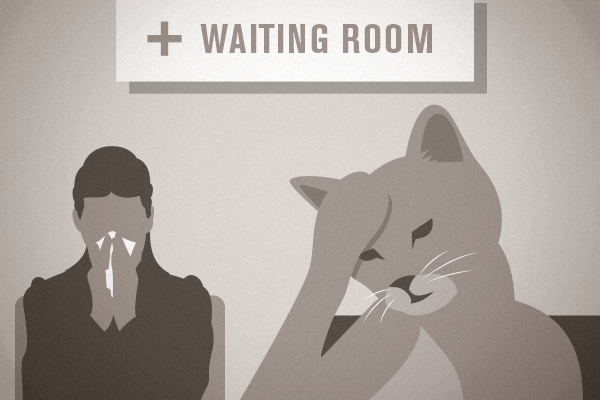Wait, come again? Okay, so the title of our post might seem nuts. But not after you read Ari Armstrong’s new piece on The Objective Standard. It’s called “Prior to Concierge Medicine, My Access to Health Care Was Inferior to that of My Cat.” As you know, Armstrong interviewed our own Josh Umbehr a few months ago and supports direct care’s free market approach to healthcare reform.
He compares his own scheduling nightmares (three months for a routine physical!) with that of his sick cat. His cat was able to see a vet and get blood work done in a matter of days. This led Armstrong to ask, “Why is it… that my cat has better access to health care than I have?”
That’s a harsh question. To Armstrong’s point, what service industries can function with this kind of delay? Wedding planners, sure. But a mechanic? No. If your car’s broken and they tell you three months, you say, “Where’s the next mechanic?” And that’s the idea that we’re promoting with direct care. We want a market where our doctors are so busy we might have to say no, sorry, our doctors are totally booked. And we’d also like to know another doctor is prepared to offer their primary care service. It’s this type of pressure that keeps prices fair and motivates/rewards good care.
READ THE COMPLETE POST ON THE OBJECTIVE STANDARD
Armstrong explains some of the reasons he believes that this type of poor customer service has become the norm. Our favorite culprit rears its ugly head: red tape. He takes the thinking a step further, though, explaining why it’s not just the red tape itself that increases costs (more paperwork, more regulation, etc. wasting time and increasing admin costs). No, it’s the prevalence of employer-based plans that include routine care that’s blinded Americans to the actual cost of care. And it’s this distortion of the market that ultimately sucks time away from doctors caring for patients.
However, Ari’s story has a happy ending: He found a “concierge” family practice in his area, similar to our Atlas MD-style of direct primary care. It’s another direct care success story. “The practice accepts no insurance, provides many tests at cost, and charges a relatively low monthly fee,” Armstrong says. “I was able to schedule my physical within days, and my new doctor was able to spend a full, unhurried hour with me.”
So there it is. Routine care that’s fit for a cat. It’s baffling how rare this phenomenon has become. Let’s hope for a future where these events are commonplace, not noteworthy.
